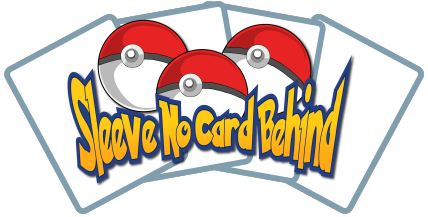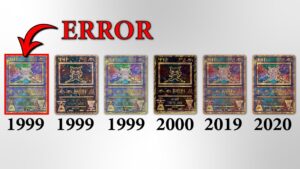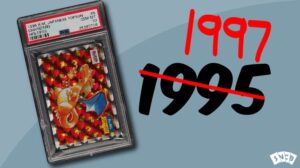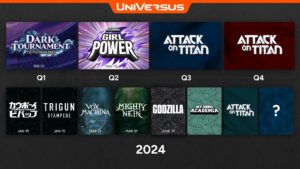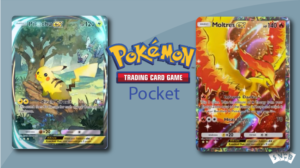How to Tell if Your Magic: The Gathering Card is Rare
-
By: Oliver Copeland
- Published:
- Last Updated: February 4, 2024
Unlike the other card games out there, cards in any Magic: The Gathering booster pack have certain rarities associated with them. And while rarer cards are definitely cooler than normal cards if you’re a collector, there’s always more to them than meets the eye.
Rarer cards will usually end up being better than cards that are less rare. And while that holds true for most card games, with MTG’s unique dynamics, rarer cards also open up pathways to more diverse combos in Magic: The Gathering.
MTG Card Rarities Explained
Magic: The Gathering and Magic: The Gathering Arena both follow the same rarity system. While that system has changed and evolved quite a bit, it’s only gotten easier to understand over the years.
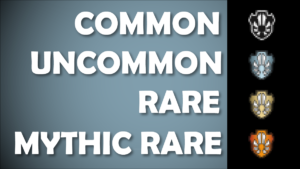
Cards are divided according to their rarities into four major categories, Common, Uncommon, Rare, and Mythic Rare. These categories apply to all types of cards, including lands and special cards.
Lands are usually in their own category system but are widely considered in the Common card category. In the same manner, special cards also fall into the Common card category, but we’ll cover those in more detail below.
At first, cards and card rarities had to be looked up in the card rarity list, but since then, with the introduction of the Exodus expansion, card rarities have been marked on cards themselves using the color of the expansion symbol printed on the card.
Common
Common Cards are the most easily found in booster packs. They are marked and identified by the expansion symbol found on them. The expansion symbol is the main logo of the expansion itself and can be found on the bar under the art window of the card itself.
Common cards are identified by entirely blacked-out expansion symbols and are the easiest to find in booster packs.
If you open a Magic: The Gathering booster pack today, you will find a total of 15 cards, out of which 11 will be common, 3 uncommon, and one rare/mythic rare card.
Uncommon
Uncommon cards are the second lowest rarity of cards in Magic: The Gathering, and are harder to find than Common cards. On the same note, they provide better combo options than common cards too.
Uncommon cards are marked by grey-filled expansion logos. These are easily differentiated from common cards and are usually found in sets of three in booster packs after the Exodus expansion.
Rare
Rare cards in Magic: The Gathering were some of the most sought-after when it comes to cards that are used to boost and tie together other cards in a deck.
In any booster pack after the Exodus expansion, you were always guaranteed at least one rare card in the pack.
These cards were marked using a gold-filled expansion logo printed on the bottom right of the art window of the card.
Mythic Rares
A Mythic Rare card was one of the hardest to acquire when opening a Magic: The Gathering booster pack. They would usually end up replacing a rare card and were considered the best of the best in terms of a mana cost-to-effectiveness ratio.
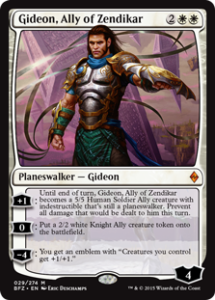
These cards were so rare, that the odds were estimated at 1 mythic rare in every 8 booster packs or every 1 in 120 cards.
They were marked using bronze-orange-filled expansion symbols in place of the normal rarity indicator.
What Makes an MTG Card Rare?
Magic: The Gathering, unlike other popular trading card games, doesn’t primarily define card rarity by how rarely a card was produced (with the exception of vintage cards such as Alpha).
Although that is a factor, cards in MTG are made rarer because of how many rules they are affected by, how rare their abilities are, and what effect they have in perspective to the mana they require to bring onto the field.
That being said, cards were also defined by how infrequently they were printed. Every rarity had its own set of rarities and was defined by a number. For example, a C1 (Common 1) card is much rarer than a C6 (Common 6) card.
This means that every time a sheet of cards was printed, there would be only one C1 card for every six C6 cards.
What is a “Special” MTG Card?
Special MTG cards (marked with an S in the bottom text) are generally placed in the same category as common cards and basic lands.
The key difference between a normal common card and a special common card is that you can use a special card and that it is available in your deck regardless of whether it was drafted or not.
This is extremely similar in fashion to the basic lands cards that function almost entirely the same way and are available regardless of drafting.
The Odds of Pulling a Mythic Rare
Pulling a mythic rare from randomly opening booster packs gives you a chance of one mythic rare in exactly 7.4 booster packs. This means that you would have to open approximately 8 packs to get one of them.
Alternatively, large sets for entire expansions contain a whopping 15 guaranteed mythic rares, and small sets contain 10 of them.
Final Thoughts
MTG rarities are a bit different when compared to other Trading Card Games, and are hence a bit harder to navigate. Despite that, once you get the hang of it, they are extremely easy to read and significantly easier to get into. Most trading card games have different rarities assigned to their cards, and since MTG is no different, it can be a lot of fun to rip open booster packs seeking a mythic rare.
